java方法引用怎么使用
 发布于2023-04-25 阅读(0)
发布于2023-04-25 阅读(0)
扫一扫,手机访问
1、说明
方法引用可以看作是Lambda表达式的深层表达。换句话说,方法引用是Lambda表达式,也就是函数接口的例子,通过方法名称指向方法。
2、使用场景
当要传递给 Lambda 体的操作,已经实现的方法了,可以使用方法引用
3、格式
类(或对象) :: 方法名
4、实例
public class MethodRefTest {
// 情况一:对象 :: 实例方法
//Consumer中的void accept(T t)
//PrintStream中的void println(T t)
@Test
public void test1() {
//使用Lambda表达
Consumer<String> con1 = str -> System.out.println(str);
con1.accept("中国");
System.out.println("====================");
//使用方法引用
PrintStream ps = System.out;
Consumer con2 = ps::println;
con2.accept("China");
}
//Supplier中的T get()
//Employee中的String getName()
@Test
public void test2() {
//使用Lambda表达
Employee emp = new Employee(1001, "Bruce", 34, 600);
Supplier<String> sup1 = () -> emp.getName();
System.out.println(sup1.get());
System.out.println("====================");
//使用方法引用
Supplier sup2 = emp::getName;
System.out.println(sup2.get());
}
// 情况二:类 :: 静态方法
//Comparator中的int compare(T t1,T t2)
//Integer中的int compare(T t1,T t2)
@Test
public void test3() {
//使用Lambda表达
Comparator<Integer> com1 = (t1, t2) -> Integer.compare(t1, t2);
System.out.println(com1.compare(32, 45));
System.out.println("====================");
//使用方法引用
Comparator<Integer> com2 = Integer::compareTo;
System.out.println(com2.compare(43, 34));
}
//Function中的R apply(T t)
//Math中的Long round(Double d)
@Test
public void test4() {
//使用匿名内部类
Function<Double, Long> func = new Function<Double, Long>() {
@Override
public Long apply(Double aDouble) {
return Math.round(aDouble);
}
};
System.out.println(func.apply(10.5));
System.out.println("====================");
//使用Lambda表达式
Function<Double, Long> func1 = d -> Math.round(d);
System.out.println(func1.apply(12.3));
System.out.println("====================");
//使用方法引用
Function<Double, Long> func2 = Math::round;
System.out.println(func2.apply(12.6));
}
// 情况三:类 :: 实例方法
// Comparator中的int comapre(T t1,T t2)
// String中的int t1.compareTo(t2)
@Test
public void test5() {
//使用Lambda表达式
Comparator<String> com1 = (s1, s2) -> s1.compareTo(s2);
System.out.println(com1.compare("abd", "aba"));
System.out.println("====================");
//使用方法引用
Comparator<String> com2 = String::compareTo;
System.out.println(com2.compare("abd", "abc"));
}
//BiPredicate中的boolean test(T t1, T t2);
//String中的boolean t1.equals(t2)
@Test
public void test6() {
//使用Lambda表达式
BiPredicate<String, String> pre1 = (s1, s2) -> s1.equals(s2);
System.out.println(pre1.test("abc", "abc"));
System.out.println("====================");
//使用方法引用
BiPredicate<String, String> pre2 = String::equals;
System.out.println(pre2.test("abc", "abd"));
}
// Function中的R apply(T t)
// Employee中的String getName();
@Test
public void test7() {
//使用Lambda表达式
Employee employee = new Employee(1001, "Tom", 45, 10000);
Function<Employee, String> func1 =e->e.getName();
System.out.println(func1.apply(employee));
System.out.println("====================");
//使用方法引用
Function<Employee,String>func2 = Employee::getName;
System.out.println(func2.apply(employee));
}
}
本文转载于:https://www.yisu.com/zixun/583419.html 如有侵犯,请联系admin@zhengruan.com删除
产品推荐
-

售后无忧
立即购买>- DAEMON Tools Lite 10【序列号终身授权 + 中文版 + Win】
-
¥150.00
office旗舰店
-

售后无忧
立即购买>- DAEMON Tools Ultra 5【序列号终身授权 + 中文版 + Win】
-
¥198.00
office旗舰店
-

售后无忧
立即购买>- DAEMON Tools Pro 8【序列号终身授权 + 中文版 + Win】
-
¥189.00
office旗舰店
-

售后无忧
立即购买>- CorelDRAW X8 简体中文【标准版 + Win】
-
¥1788.00
office旗舰店
-
 正版软件
正版软件
-
 正版软件
正版软件
- PHP AES 加密和解密
- PHP有一个使用php的AES方法加密和解密字符串的内置扩展。函数openssl_encrypt()用于加密字符串,openssl_decrypt()用于解密字符串。在PHP中使用OpenSSL函数加密和解密字符串openssl_encrypt()和openssl_decrypt()采用一组强制和可选参数,有关参数的信息如下表所示:范围描述data纯文本/字符串cipher_alGo密码方法,在我们的例子中,AESpassphrase如果密码短语短于限制,则会用空字符静默填充,如果长则截断。options
- 11分钟前 PHP编程 后端开发 0
-
 正版软件
正版软件
- PHP 中获取来源页面信息
- $_SERVER['Http_REFERER']为我们提供了引用URL来确定服务器上的用户请求。但是,这不是最佳实践,因为引用者可能会通过HTTP受到损害。在PHP中使用$_SESSioN[]确定引用者由于HTTP_REFERER可以被欺骗/伪造,php允许我们使用会话/cookie来确定传入的用户请求是否来自你的域(服务器)。我们将为本文创建两个演示页面。userrequest.php代码:<!DOCTYPEhtml><body><fORMaction=&q
- 26分钟前 PHP编程 后端开发 0
-
 正版软件
正版软件
-
 正版软件
正版软件
- 统计 PHP 目录中的文件数量
- 本文将介绍和演示PHP统计目录文件数的几种方法。在php中使用FilesystemIterator类来计算目录中的文件数PHP提供了FilesystemIterator类,这是一种计算目录中文件的优雅方法。该类包含许多函数和常量,它们执行用于迭代文件系统的各种操作。使用iterator_count()函数计算迭代器中元素的数量。让我们考虑以下目录结构。myDir├──abc.html├──abc.jpeg├──abc.php└──abc.png首先,创建一个变量$iterator并存储Filesystem
- 56分钟前 PHP编程 后端开发 0
最新发布
-
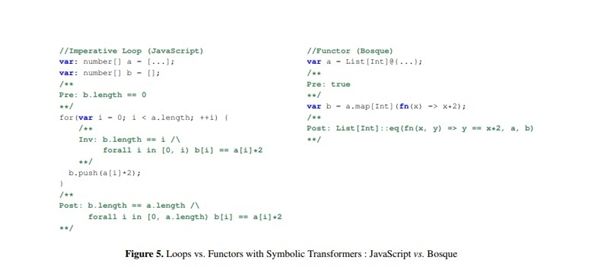 1
1
-
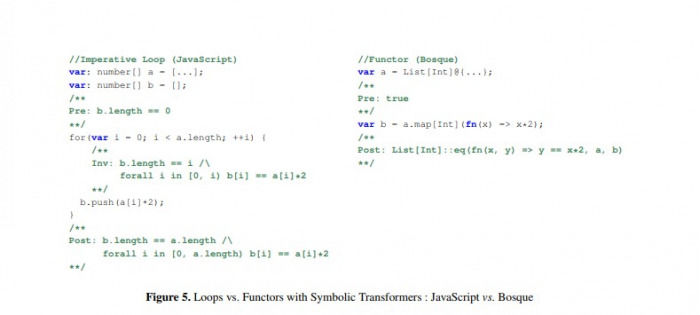 2
2
-
3
- Vue组件中如何处理图片预览和缩放问题
- 446天前
-
 4
4
-
 5
5
-
 6
6
- Python实战教程:批量转换多种音乐格式
- 617天前
-
7
- WebSocket协议的优势与劣势分析
- 447天前
-
8
- java动态代理实例代码分析
- 617天前
-
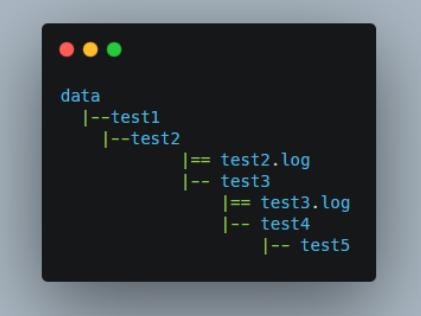 9
9
- java io文件操作删除文件或文件夹的方法
- 614天前
相关推荐
热门关注
-
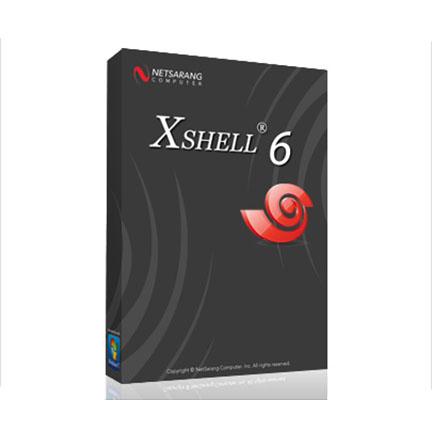
- Xshell 6 简体中文
- ¥899.00-¥1149.00
-

- DaVinci Resolve Studio 16 简体中文
- ¥2550.00-¥2550.00
-
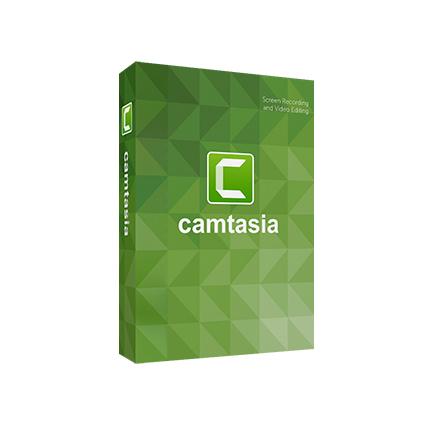
- Camtasia 2019 简体中文
- ¥689.00-¥689.00
-

- Luminar 3 简体中文
- ¥288.00-¥288.00
-

- Apowersoft 录屏王 简体中文
- ¥129.00-¥339.00